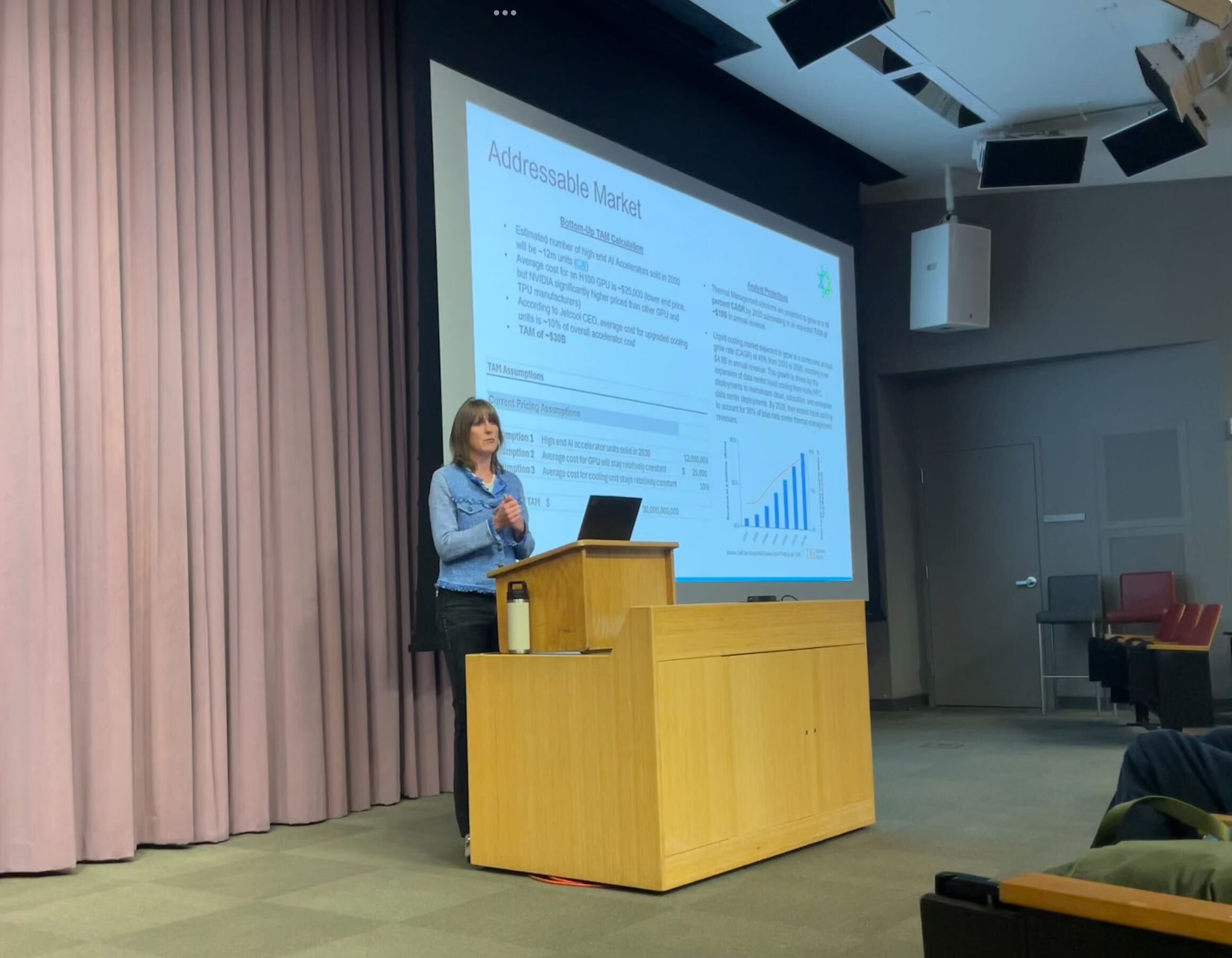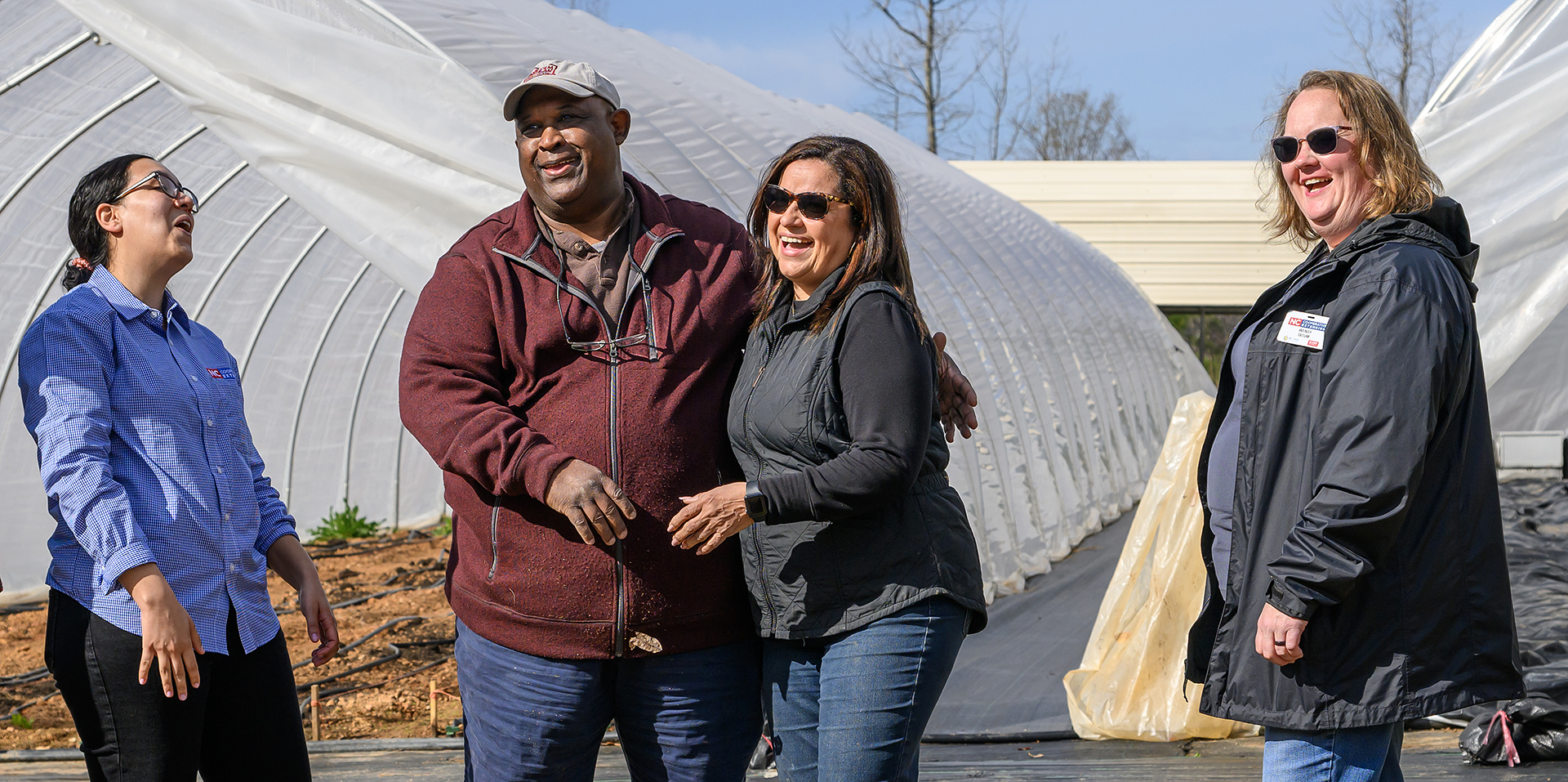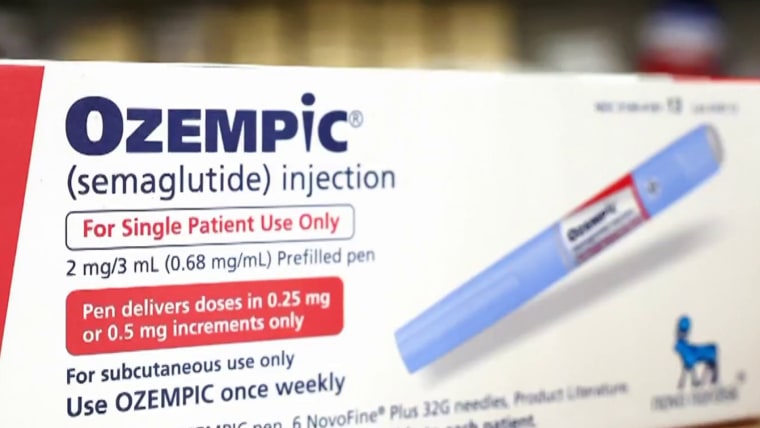What Are Farming Systems? 5 Powerful Innovations For 2025 – Farmonaut

Report on the Evolution of Farming Systems and Their Alignment with Sustainable Development Goals
Introduction: Farming Systems as a Framework for Sustainable Development
Farming systems are integrated frameworks that combine resources, technology, and socio-economic factors for agricultural production. As global challenges intensify, understanding these systems is critical for achieving the United Nations Sustainable Development Goals (SDGs), particularly those related to food security, climate action, and economic stability. By 2025, modern farming systems are projected to be defined by their capacity to enhance productivity while advancing sustainability, directly contributing to the 2030 Agenda for Sustainable Development.
- SDG 2 (Zero Hunger): Modern systems aim to increase yields and build resilience to ensure global food security.
- SDG 12 (Responsible Consumption and Production): Innovations focus on optimizing resource use, reducing waste, and ensuring sustainable production patterns.
- SDG 13 (Climate Action): Climate-smart and regenerative practices are being integrated to mitigate climate change and enhance adaptation.
- SDG 15 (Life on Land): Sustainable systems prioritize soil health, biodiversity, and the restoration of terrestrial ecosystems.
Classification of Farming Systems and SDG Contributions
Farming systems are classified based on their resource organization, technological integration, and market orientation. Each type offers a distinct pathway toward achieving specific SDGs.
Major Categories of Farming Systems
- Traditional Subsistence Farming: Primarily focused on household consumption, this system is foundational for local food security. It directly supports SDG 1 (No Poverty) and SDG 2 (Zero Hunger) by providing sustenance for rural communities using local knowledge and minimal external inputs.
- Commercial Farming: Characterized by large-scale, market-oriented production, this system is vital for national and global food supplies. When managed sustainably, it contributes to SDG 8 (Decent Work and Economic Growth) and SDG 9 (Industry, Innovation, and Infrastructure) through mechanization and integration into global markets.
- Mixed Farming Systems: By integrating crop cultivation and livestock rearing, these systems enhance resource efficiency and circularity. This model promotes SDG 12 (Responsible Consumption and Production) by recycling nutrients and diversifying outputs, which builds economic resilience.
- Agroforestry Systems: The integration of trees with crops and/or livestock enhances ecological stability. These systems are crucial for SDG 13 (Climate Action) through carbon sequestration and SDG 15 (Life on Land) by boosting biodiversity and improving soil health.
- Organic Farming Systems: This approach prioritizes ecological balance and eliminates synthetic inputs. It strongly aligns with SDG 12 by promoting sustainable resource management and SDG 15 by focusing on long-term soil fertility and biodiversity.
Core Components of Sustainable Farming Systems
The effectiveness of any farming system in contributing to the SDGs depends on the integration of four essential components.
- Ecological Component: The management of soil, water, climate, and biodiversity is the foundation for sustainable production. Healthy ecosystems are essential for achieving SDG 15 and building resilience to climate change (SDG 13).
- Technological Component: Innovations such as precision agriculture, remote sensing, and AI are critical for resource optimization. This component drives progress on SDG 9 by enabling efficient, data-driven decisions that support responsible production (SDG 12).
- Economic and Social Component: Access to markets, credit, and infrastructure determines the economic viability of farming communities. This is central to achieving SDG 1 (No Poverty) and SDG 8 (Decent Work and Economic Growth).
- Management and Institutional Component: Supportive policy frameworks, land tenure security, and extension services create an enabling environment for sustainable practices, facilitating the widespread adoption of SDG-aligned agricultural models.
Five Key Innovations Revolutionizing Farming Systems for the 2030 Agenda
Technological and methodological innovations are accelerating the transition to farming systems capable of meeting global sustainability targets.
1. Satellite-Based Precision Agriculture Systems
This system uses satellite imagery, AI, and IoT sensors to enable data-driven management of farm inputs.
- SDG Alignment: Directly supports SDG 2 (Zero Hunger) by increasing crop yields and SDG 12 (Responsible Consumption and Production) by minimizing the use of water, fertilizers, and pesticides.
2. Regenerative Agriculture
A framework focused on restoring soil health, enhancing biodiversity, and sequestering atmospheric carbon.
- SDG Alignment: Crucial for SDG 13 (Climate Action) by actively mitigating climate change and SDG 15 (Life on Land) by rebuilding soil ecosystems and improving water retention.
3. Smart Organic Farming Systems
This approach combines certified organic practices with digital tools like blockchain for enhanced traceability and transparency.
- SDG Alignment: Contributes to SDG 12 by ensuring sustainable production methods and building consumer trust, which can improve market access and support SDG 8 (Decent Work and Economic Growth).
4. Agroforestry Integrated Systems
The strategic integration of trees, crops, and livestock creates diversified and resilient agricultural landscapes.
- SDG Alignment: Advances SDG 13 (Climate Action) through enhanced carbon sequestration and SDG 15 (Life on Land) by creating habitats that support biodiversity. It also diversifies farmer income, contributing to SDG 1 (No Poverty).
5. Blockchain Traceability and Carbon Footprinting
This innovation uses blockchain ledgers and satellite data to verify the origin of products and quantify their environmental impact.
- SDG Alignment: Promotes accountability for SDG 12 by providing transparent supply chains and enables participation in carbon markets, which supports SDG 13 (Climate Action) and creates new economic opportunities (SDG 8).
Conclusion: An Integrated Systems Approach for a Resilient Future
By 2025, the most effective farming systems will be those that are holistic, adaptive, and explicitly aligned with the Sustainable Development Goals. The integration of ecological stewardship with technological innovation is essential for delivering the productivity, resilience, and environmental integrity required to meet global challenges. Leveraging digital platforms for monitoring, advisory, and traceability will be instrumental in scaling these sustainable systems and ensuring a secure and prosperous future for all.
Analysis of Sustainable Development Goals in the Article
1. Which SDGs are addressed or connected to the issues highlighted in the article?
-
SDG 2: Zero Hunger
- The article directly addresses food security and agricultural productivity. It opens by stating, “As global demand for food security intensifies,” and focuses on innovations that “boost crop yields by up to 25% worldwide by 2025.” The discussion on various farming systems, from traditional subsistence to commercial, is centered on producing food efficiently and sustainably.
-
SDG 6: Clean Water and Sanitation
- The article emphasizes water conservation and efficient water management. It highlights practices like “precision irrigation using Farmonaut’s satellite-driven moisture monitoring for real-time water management” and lists “Water Management” as a key sustainability practice to minimize water wastage and adapt to drought risks.
-
SDG 9: Industry, Innovation, and Infrastructure
- Innovation is a central theme. The article details “5 powerful innovations poised to transform farming systems by 2025,” including satellite-based precision agriculture, AI, IoT, and blockchain. It discusses how these technological components enable “efficient use of resources and data-driven decision-making,” which aligns with building resilient infrastructure and fostering innovation.
-
SDG 12: Responsible Consumption and Production
- The article promotes sustainable production patterns through “resource conservation,” “sustainability and resource conservation,” and “reduced input use.” It describes systems like organic farming and mixed farming that focus on “resource recycling” and minimizing waste, directly contributing to the sustainable management of natural resources.
-
SDG 13: Climate Action
- Climate change is a key driver for the innovations discussed. The article mentions the need for farming systems to adapt to “climate variability” and build “climate resilience.” It specifically highlights regenerative agriculture and agroforestry for their role in “carbon sequestration” and discusses “Blockchain Traceability & Carbon Footprinting” to track and reduce GHG emissions.
-
SDG 15: Life on Land
- The article addresses the protection and restoration of terrestrial ecosystems. It discusses farming systems like regenerative agriculture, agroforestry, and organic farming that aim to “improve soil health,” “boost biodiversity,” and promote “ecological balance.” These practices directly contribute to halting land degradation and biodiversity loss.
2. What specific targets under those SDGs can be identified based on the article’s content?
-
SDG 2: Zero Hunger
- Target 2.3: Double the agricultural productivity and incomes of small-scale food producers. The article supports this by noting that advanced systems are now “accessible to smallholders,” empowering them with “real-time monitoring, tailored advisories, and transparent traceability.”
- Target 2.4: Ensure sustainable food production systems and implement resilient agricultural practices. The entire article is dedicated to this target, describing various “sustainable practices shaping the future of agricultural productivity and resilience,” such as regenerative agriculture, precision farming, and agroforestry.
-
SDG 6: Clean Water and Sanitation
- Target 6.4: Substantially increase water-use efficiency. The article directly addresses this by promoting “satellite and IoT-driven moisture monitoring” to ensure “efficient irrigation” and reduce “water wastage.”
-
SDG 9: Industry, Innovation, and Infrastructure
- Target 9.4: Upgrade infrastructure and retrofit industries to make them sustainable, with increased resource-use efficiency and greater adoption of clean and environmentally sound technologies. The article’s focus on integrating “AI, satellite intelligence, remote sensing, blockchain, and digital platforms” into agriculture exemplifies the adoption of clean and efficient technologies.
- Target 9.5: Enhance scientific research and upgrade technological capabilities. The promotion of “5 powerful innovations” like precision agriculture and AI-based advisories directly relates to upgrading the technological capabilities of the agricultural sector.
-
SDG 12: Responsible Consumption and Production
- Target 12.2: Achieve the sustainable management and efficient use of natural resources. This is addressed through discussions on “reduced input use,” “resource recycling in mixed farming and organic systems,” and overall “resource conservation.”
-
SDG 13: Climate Action
- Target 13.1: Strengthen resilience and adaptive capacity to climate-related hazards. The article highlights the importance of “resilient farming systems” to bolster food security against “erratic weather, droughts, floods, and new pest risks.”
-
SDG 15: Life on Land
- Target 15.3: Combat desertification, restore degraded land and soil. This is supported by the focus on “regenerative agriculture,” which has a primary goal of “restoring soil health” and improving soil quality.
- Target 15.5: Halt the loss of biodiversity. The article mentions that agroforestry and the use of “multi-species cover crops” can “boost biodiversity” and enhance “ecological resilience.”
3. Are there any indicators mentioned or implied in the article that can be used to measure progress towards the identified targets?
-
Indicators for SDG 2 (Zero Hunger)
- Productivity Increase (%): The “Comparative Innovation Impact Table” explicitly provides an “Estimated Productivity Increase (%)” for different farming systems (e.g., 15-30% for Precision Agriculture). This can serve as a direct measure for Target 2.3.
- Adoption Rate of Sustainable Agriculture: The table also lists the “Predicted Adoption Rate in 2025 (%)” for sustainable systems like Regenerative Agriculture (35%) and Precision Agriculture (60%+). This aligns with Indicator 2.4.1 (Proportion of agricultural area under productive and sustainable agriculture).
-
Indicators for SDG 9 (Industry, Innovation, and Infrastructure)
- Adoption of Technology: The “Predicted Adoption Rate in 2025 (%)” for technologies like Blockchain Traceability (40%) and Precision Agriculture (60%+) serves as a clear indicator of technology adoption in the agricultural sector.
-
Indicators for SDG 12 (Responsible Consumption and Production)
- Reduction in Input Use: The article mentions “Reduced Input Use” as a key sustainable practice. While not quantified, tracking the reduction in synthetic fertilizers, pesticides, and water serves as an indicator of resource efficiency.
-
Indicators for SDG 13 (Climate Action)
- Carbon Sequestration and Footprinting: The article explicitly discusses “carbon sequestration,” “carbon credit income,” and “satellite-driven carbon accounting.” The ability to monitor a farm’s “carbon impact” and track GHG emissions provides a direct indicator for climate action.
-
Indicators for SDG 15 (Life on Land)
- Soil Health Improvement: The focus on “soil health” in regenerative agriculture implies that metrics for soil organic matter, water retention, and microbial activity can be used as indicators.
- Biodiversity Levels: The goal to “boost biodiversity” through practices like agroforestry suggests that measures of species richness and habitat complexity on farms can be used as indicators.
4. Summary Table of SDGs, Targets, and Indicators
| SDGs, Targets and Indicators | Targets | Indicators |
|---|---|---|
| SDG 2: Zero Hunger | 2.3: Double agricultural productivity of small-scale producers. 2.4: Ensure sustainable and resilient food production systems. |
– Estimated Productivity Increase (%) (e.g., 15-30% for Precision Agriculture). – Predicted Adoption Rate (%) of sustainable practices (e.g., 60%+ for Precision Agriculture). |
| SDG 6: Clean Water and Sanitation | 6.4: Increase water-use efficiency. | – Adoption of efficient irrigation and water management technologies (e.g., satellite-driven moisture monitoring). |
| SDG 9: Industry, Innovation, and Infrastructure | 9.4: Upgrade industries with sustainable and clean technologies. 9.5: Enhance research and upgrade technological capabilities. |
– Predicted Adoption Rate (%) of advanced technologies (e.g., 40% for Blockchain Traceability). |
| SDG 12: Responsible Consumption and Production | 12.2: Achieve sustainable management and efficient use of natural resources. | – Implementation of practices for “Reduced Input Use” and “Resource Recycling.” |
| SDG 13: Climate Action | 13.1: Strengthen resilience and adaptive capacity to climate-related hazards. | – Implementation of carbon footprint monitoring and carbon sequestration practices. |
| SDG 15: Life on Land | 15.3: Restore degraded land and soil. 15.5: Halt biodiversity loss. |
– Implementation of practices that improve “soil health” (regenerative agriculture). – Implementation of practices that “boost biodiversity” (agroforestry). |
Source: farmonaut.com

What is Your Reaction?
 Like
0
Like
0
 Dislike
0
Dislike
0
 Love
0
Love
0
 Funny
0
Funny
0
 Angry
0
Angry
0
 Sad
0
Sad
0
 Wow
0
Wow
0

















































:focal(1500,1000)/https://media.globalcitizen.org/a6/9a/a69a4720-d8a1-4715-b596-18738d03c05c/rotary_polio_hero_image.jpg?#)






/countries/sri-lanka/photo-credit---dmc-sri-lanka.tmb-1200v.jpg?sfvrsn=dc298bcc_1#)

















